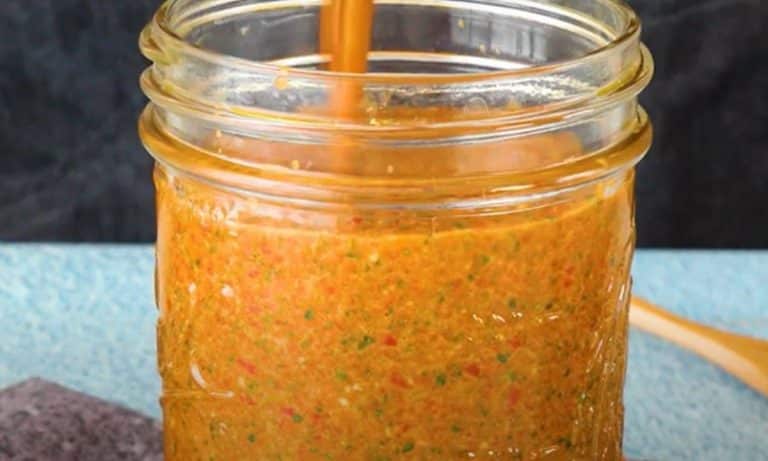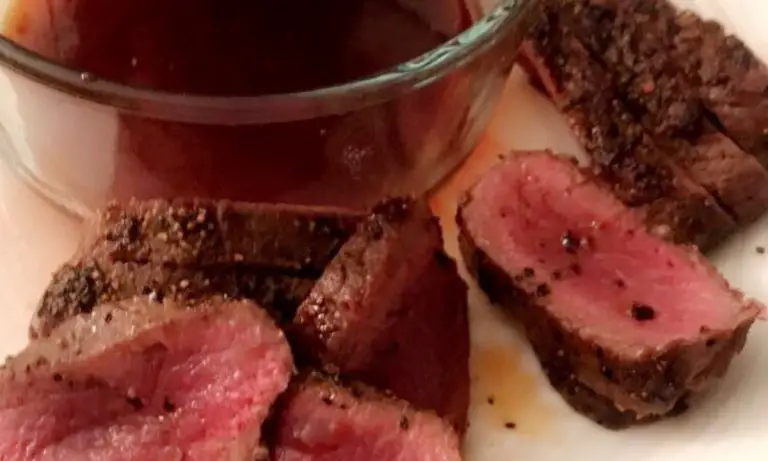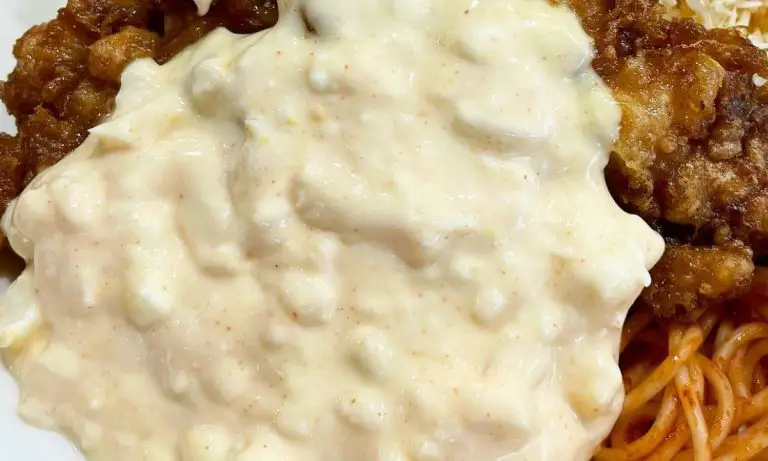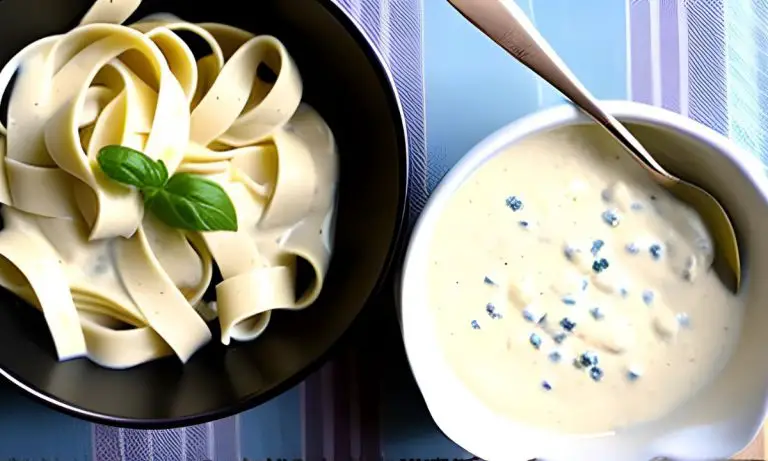Easy Dijon Mustard Sauce Recipe
Dijon mustard sauce is one of my favorites. This tangy, creamy sauce enhances sandwiches, burgers, hot dogs, and grilled meats and veggies. Best? It’s basic to make at home.
In this blog post, I’ll show you how to make the ideal Dijon mustard sauce and answer some common questions about this delicious condiment.
The mustard that gave its name to the city of Dijon, France, is the main ingredient in the sauce that bears the same name. Dijon mustard, vinegar, oil, and spices like salt, pepper, and garlic are the usual components of the sauce. Honey, maple syrup, or milk can be added for a touch of sweetness or creaminess, respectively.
Sandwiches, burgers, hot dogs, as well as pretzels and other munchies, all benefit from the addition of Dijon mustard sauce. It’s also delicious as a sauce for pork or poultry that’s been roasted or grilled, but it works well with other proteins and vegetables as well. Mustard’s sour and mildly spicy taste complements many different dishes, making it a useful and tasty condiment.
Dijon Mustard Sauce Ingredients
To make Dijon mustard sauce, you’ll need just a handful of ingredients. Here’s what you’ll need:
- 1/2 cup Dijon mustard
- 2 tablespoons white vinegar
- 1/4 cup olive oil
- 1 clove garlic, minced
- Salt and pepper, to taste
How to Make Mustard Sauce
Step: Mix Your Ingredients
Once you’ve gathered your ingredients, it’s time to mix them. Start by adding the Dijon mustard to a small mixing bowl.
Next, add the white vinegar and whisk together until smooth. Slowly pour in the olive oil while continuing to whisk, until the mixture is well-combined and slightly thickened. Then add the minced garlic, salt, and pepper, and stir to combine.
Step: Adjust the Consistency
Depending on your personal preference, you may want to adjust the consistency of your Dijon mustard sauce. If you prefer a thicker sauce, simply use less olive oil.
If you want a thinner sauce, add a bit more olive oil until you achieve the desired consistency.
Step: Taste and Adjust the Seasoning
Once you’ve achieved the desired consistency, it’s time to taste your Dijon mustard sauce and adjust the seasoning as needed. If you prefer a spicier sauce, add a bit more Dijon mustard.
If you want a tangier sauce, add more white vinegar. And if you want a sweeter sauce, add a bit of honey or maple syrup.
Step 5: Serve and Enjoy!
Your Dijon mustard sauce is now ready to be served! This sauce pairs well with a wide variety of foods, including grilled meats, vegetables, sandwiches, and more.
It can also be used as a dipping sauce for snacks like pretzels and chips. Store any leftover sauce in an airtight container in the refrigerator for up to one week.
Can I use a different type of mustard?
This sauce traditionally uses Dijon mustard, but you can try other mustards to make your own flavor. Remember that mustards vary in spiciness and acidity, so adjust the seasoning properly.
Mustard Sauce With Pan Drippings
Like me, you enjoy cooking and maximizing taste. I’ll show you a tasty and simple way to use the mustard sauce with pan drippings.
Chicken, pig, and steak drippings are delicious. Save those! Instead, make a delicious sauce to enhance your food.
Here’s how to do it:
Step 1: Cook your meat First, cook your meat as you normally would. Once it’s done, remove it from the pan and set it aside to rest.
Step 2: Make your sauce While your meat is resting, use the pan drippings to make your mustard sauce. Here’s how:
- Heat the pan over medium heat.
- Add a tablespoon of butter or olive oil to the pan.
- Once the butter has melted or the oil is hot, add a tablespoon of flour and whisk until it forms a smooth paste.
- Add a cup of chicken or beef broth to the pan, whisking continuously to avoid lumps.
- Add a tablespoon or two of Dijon mustard, depending on your taste preferences, and whisk until well combined.
- Let the sauce simmer for a few minutes until it thickens.
Storing Mustard Sauce:
Store your mustard sauce in an airtight container in the refrigerator.
Make sure the container is tightly sealed to prevent air from getting in and affecting the flavor of the sauce.
The mustard sauce can be stored in the refrigerator for up to a week.
Reheating Mustard Sauce:
To reheat your mustard sauce, simply transfer it to a small saucepan and heat it over medium-low heat, stirring occasionally, until it is heated through.
Be careful not to overheat the sauce, as it can become too thick and lose its smooth texture.
If the sauce becomes too thick while reheating, you can thin it out by whisking in a small amount of chicken or beef broth.
Using Leftover Mustard Sauce:
If you have a leftover mustard sauce that you don’t plan to use within a week, you can freeze it for later use.
To freeze the mustard sauce, transfer it to an airtight container or freezer bag and freeze it for up to three months.
When you’re ready to use the sauce, thaw it in the refrigerator overnight and reheat it as directed.
What to Serve with Mustard Sauce
There are many ways to offer a delicious mustard sauce. Try these:
Meat dishes: Homemade Mustard sauce is a natural pairing with meat dishes such as roasted chicken, grilled steak, or pork chops. Spoon the sauce over the meat or serve it on the side for dipping.
Vegetables: Mustard sauce can also be used as a tasty condiment for roasted or grilled vegetables, such as asparagus, broccoli, or carrots. Drizzle the sauce over the vegetables or serve it on the side for dipping.
Sandwiches and burgers: The mustard sauce is a great addition to sandwiches and burgers. Use it as a spread on bread or buns, or as a dipping sauce for fries or onion rings.
Salad dressings: Mustard sauce can be used as the base for a delicious salad dressing. Simply whisk it together with some olive oil, vinegar, and seasonings of your choice.
Fish and seafood: Mustard sauce can also be used as a flavorful accompaniment to fish and seafood dishes. Try it with grilled or roasted salmon, shrimp, or scallops.
Dijon Mustard Sauce Variations
Honey Mustard Sauce: Add honey for flavor. This version is great for dipping poultry nuggets or dressing salads.
Garlic Mustard Sauce: Add minced garlic to the mustard sauce for a bold, savory taste. Serve this version with roasted veggies or grilled meats.
Try Dijon mustard instead of yellow mustard in your sauce mix. This version’s complex, the tangy taste goes well with grilled meats and fish.
Cayenne pepper or hot sauce can spice up the mustard sauce. This version goes well with fried chicken wings and onion rings.
Herb Mustard Sauce: Add minced fresh herbs like parsley, thyme, or rosemary to the mustard sauce to add flavor. Serve this with roasted potatoes or grilled veggies.
Curry Mustard Sauce: Add curry spice to the mustard sauce for an exotic taste. Serve this version with grilled poultry or shrimp.
Maple Mustard Sauce: Drizzle this sweet and tangy sauce over roasted veggies or grilled pork chops.
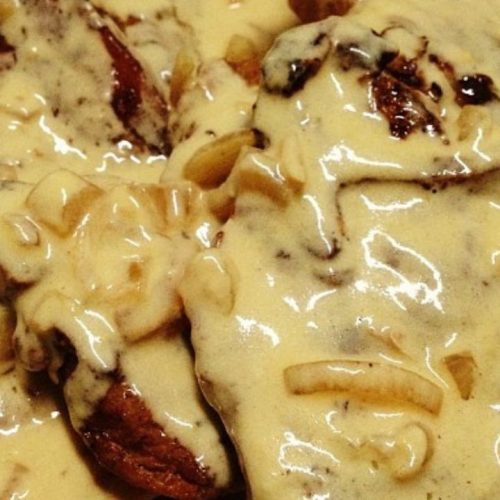
Creamy Mustard Sauce Recipe
Ingredients
- 1/2 cup Dijon mustard
- 2 tablespoons white vinegar
- 1/4 cup olive oil
- 1 clove garlic minced
- Salt and pepper to taste
Instructions
- Once you’ve gathered your ingredients, it’s time to mix them together. Start by adding the Dijon mustard to a small mixing bowl.
- Next, add the white vinegar and whisk together until smooth. Slowly pour in the olive oil while continuing to whisk, until the mixture is well-combined and slightly thickened. Then add the minced garlic, salt, and pepper, and stir to combine.
- Depending on your personal preference, you may want to adjust the consistency of your Dijon mustard sauce. If you prefer a thicker sauce, simply use less olive oil.
- If you want a thinner sauce, add a bit more olive oil until you achieve the desired consistency.
- Once you’ve achieved the desired consistency, it’s time to taste your Dijon mustard sauce and adjust the seasoning as needed. If you prefer a spicier sauce, add a bit more Dijon mustard.
- If you want a tangier sauce, add more white vinegar. And if you want a sweeter sauce, add a bit of honey or maple syrup.
- Your Dijon mustard sauce is now ready to be served!


